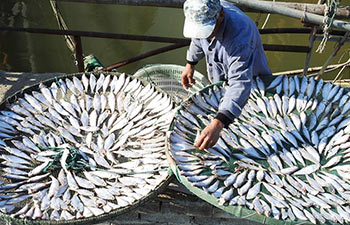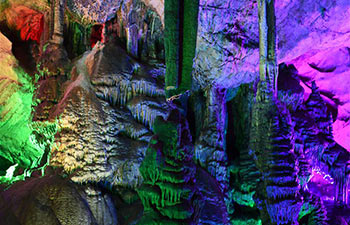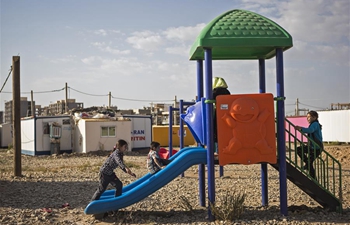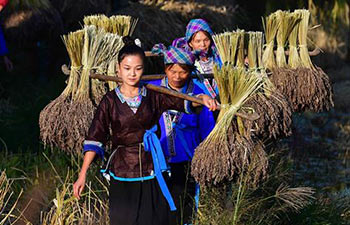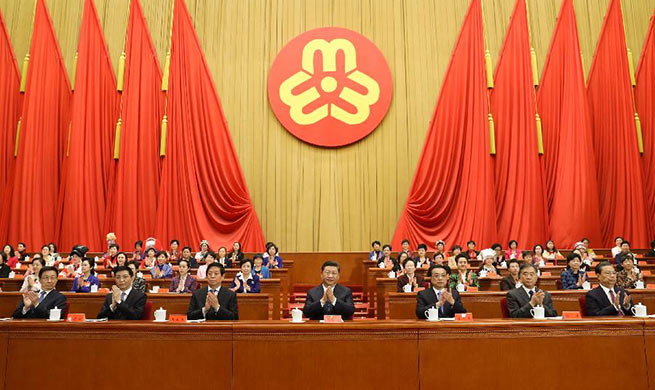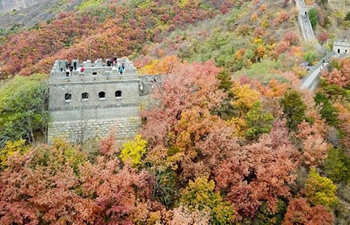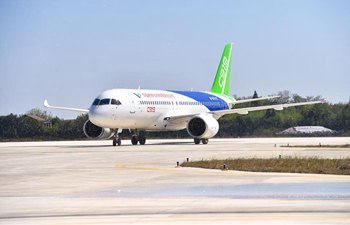DAR ES SALAAM, Oct. 31 (Xinhua) -- Tanzania on Wednesday launched an aerial wildlife census in the Selous-Mikumi ecosystem, targeting large mammals like elephants and buffalo.
The census is conducted by state-owned Tanzania Wildlife Research Institute (TAWIRI), the Tanzania Wildlife Management Authority (TAWA), and the Tanzania National Park (TANAPA), in collaboration with Frankfurt Zoological Society (FZS).
"The census targets large mammals, such as elephants and buffalo, and will estimate wildlife populations, their distribution as well as signs of illegal human activities in the Selous Game Reserve, Mikumi National Park and the Selous-Niassa corridor," said an FZS statement.
Aerial wildlife censuses in the Selous-Mikumi Ecosystem have been conducted every three to four years since 1976.
The overall coverage of the Selous-Mikumi Aerial Wildlife Census is approximately 110,000 square km.
The latest census was initially planned to be conducted in 2017, but had to be postponed due to excessive tree canopy cover that hampers aerial survey visibility, the statement said.
TAWIRI, the leading organization in the census, said the current conditions allowed the assessment to be successfully completed and provide reliable data for the estimate of wildlife populations and trends in the Selous-Mikumi Ecosystem.
Selous Game Reserve has faced many conservation challenges in recent decades, the statement said, adding that subsequent to the massive decline of elephants in the late 1970s and 1980s, elephant population estimates dropped from approximately 109,000 to 31,889.
Elephant numbers showed recovery later, reaching an estimated 65,000 individuals in 2006, it added.
The most recent surge in poaching occurred in the late 2000s and early 2010s, driven by soaring demand for ivory, cut elephant population estimates to 14,867 in 2014, according to the statement.
"Selous Game Reserve was placed on the list of World Heritage in Danger in 2014 mainly due to the poaching threat," said the statement.
Tanzania has since made great strides in curbing poaching and strengthening the Selous Game Reserve management and protection, including the establishment of Tanzania Wildlife Management Authority, improved law enforcement, and intensive anti-poaching initiatives that include regular aerial surveillance, the statement added.
